Today, we are joined by Colombian tattoo artist Sebastián González, renowned for his expertise and remarkable versatility across a range of styles—from fine lines and realism to miniatures and graphic art. His works not only showcase technical excellence but also, when the client desires, convey deep meaning. His creations have earned top awards at international conventions worldwide, further solidifying his reputation in the global tattoo community. Notably, Sebastian was honored with several first prizes in the dotwork category at the Expo Tattoo Cartago and Expo Tattoo del Eje, two prestigious tattoo conventions held in Colombia and among the most important in South America. Despite the fierce competition, Sebastian’s excellence and extraordinary craftsmanship prevailed over other top-level contestants.
In this interview, Sebastián shares his journey into tattooing, his unique approach to each style, the importance of communication with clients, and how modern technology and collaborations with other artists inspire new ideas. His creative philosophy is one of continuous learning and a commitment to perfection, which serves as a source of inspiration for both budding tattoo artists and his peers.
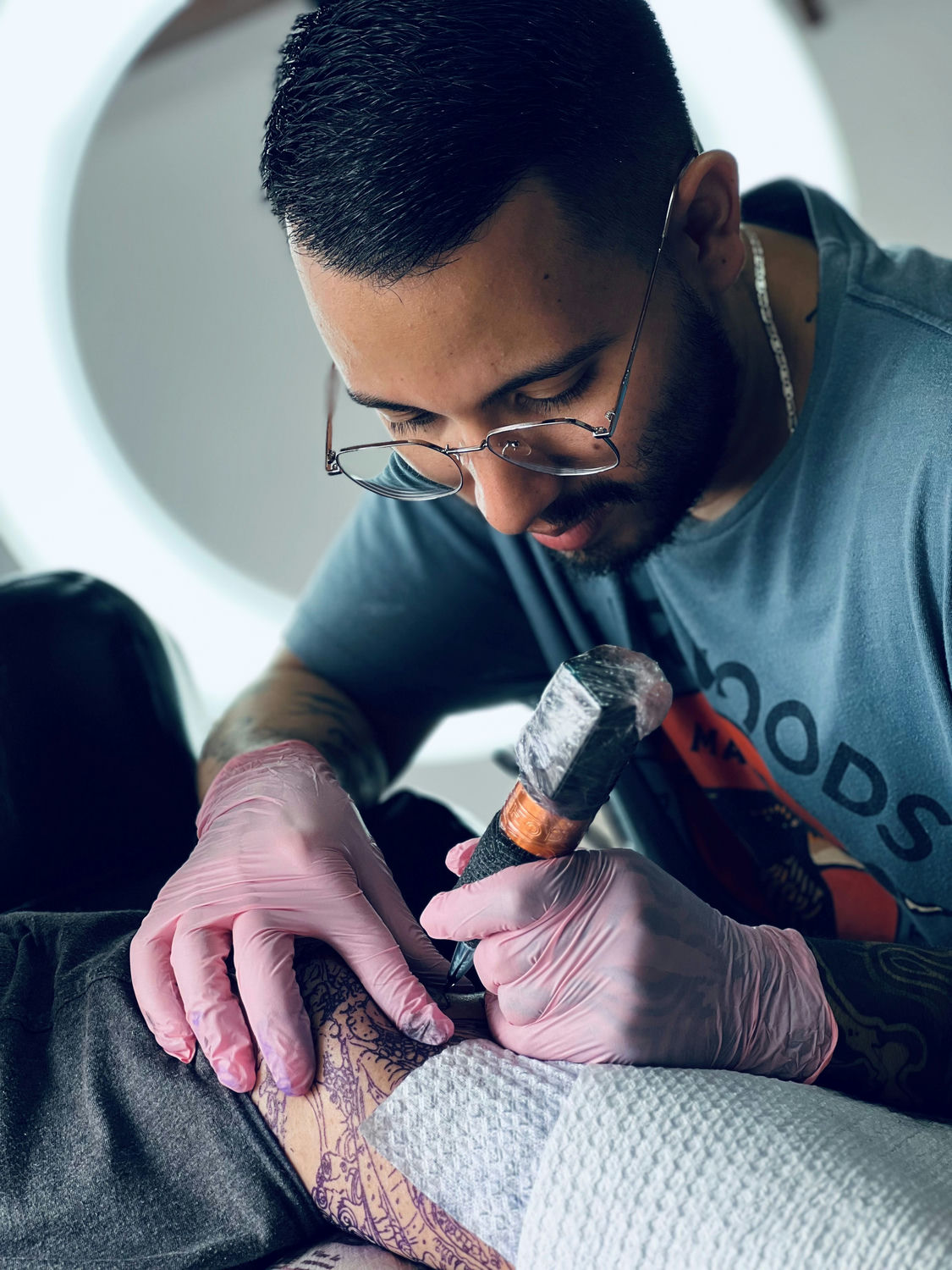
Sebastián, you are known for your diverse styles. How did you start your tattoo career, and what was the first style that interested you?
- I began my tattoo career at the age of 22 after realizing that I wanted to take my love for art to a more permanent and meaningful level. The first style that caught my attention was dotwork because of the precision and patience it requires. I was fascinated by the ability to create textures and shading solely with dots.
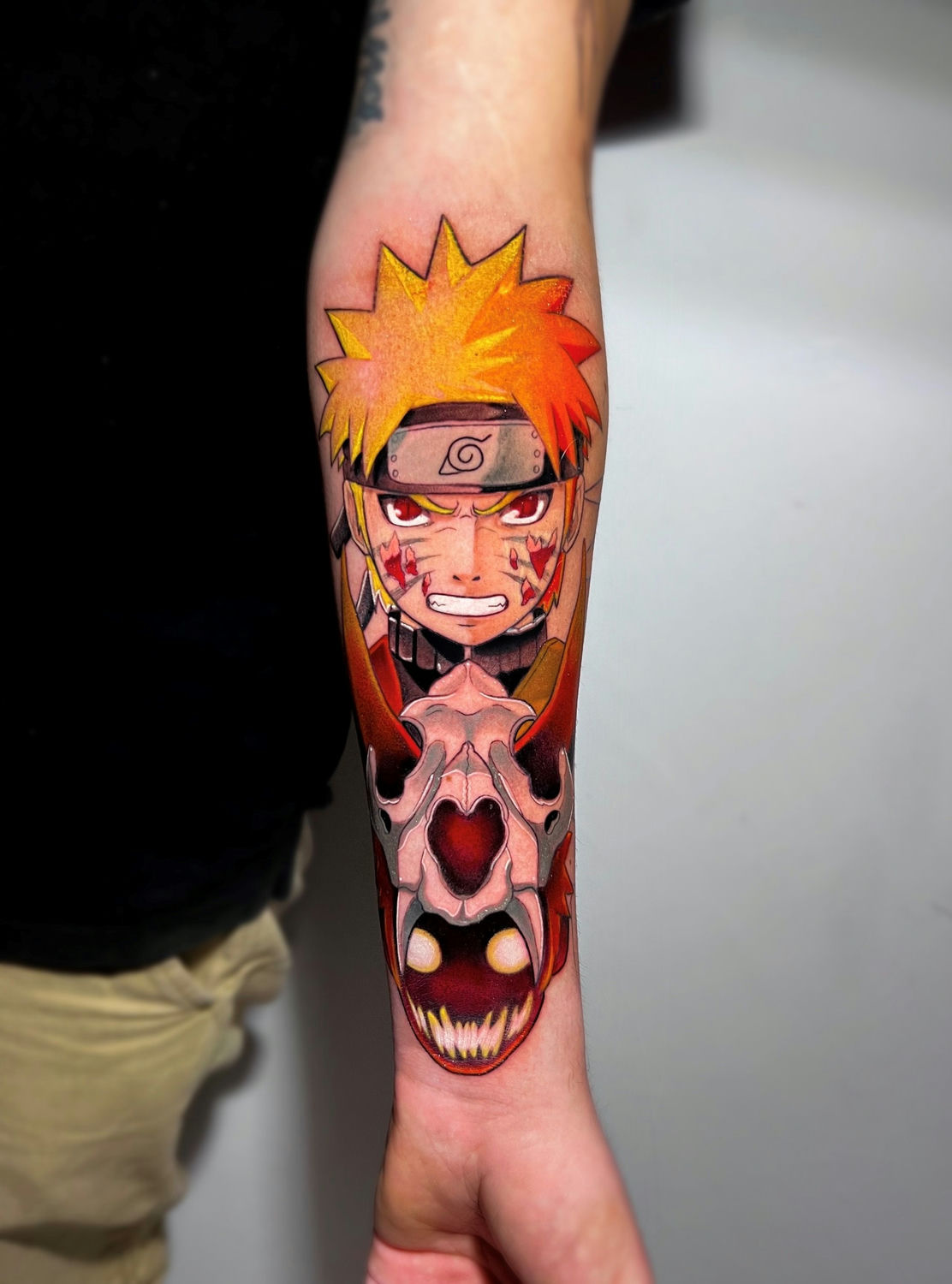
Why did you choose the path of a versatile artist?
- For me, versatility is a way to explore creativity without limits. I didn’t want to confine myself to just one style because each technique offers a different way to express myself. Additionally, being versatile allows me to connect with a wider range of people, as I can adapt my work to their tastes and needs.

Which style among those you work with do you consider the most challenging, and why?
- I find fine line style to be one of the most challenging because it requires extreme precision. Even a small mistake can be immediately noticeable, and having steady control is essential. The pressure and tension are constant, but that makes it even more rewarding.
What is your opinion on the belief that a tattoo should have deep meaning? Do you agree with this viewpoint?
- I believe a tattoo can have a deep meaning, but it’s not always necessary. Sometimes, the art or aesthetics alone are enough reasons to get inked. The important thing is that the person feels happy and connected with the tattoo, whatever the reason behind it.
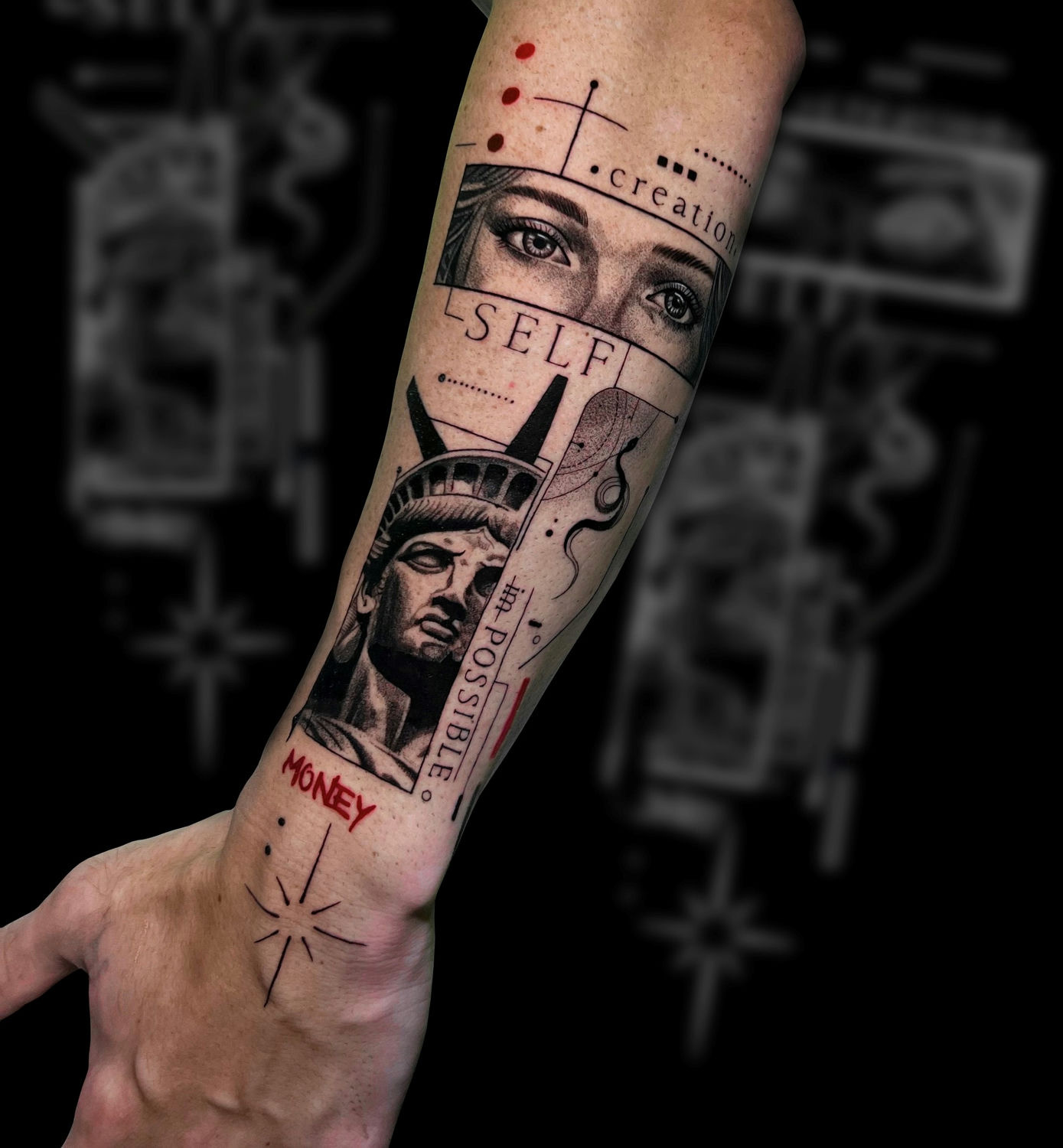
How do you feel about collaborating with other artists? Do you have examples of successful joint projects?
- Collaborating with other artists is always an enriching experience where we can learn from each other and share our styles. I haven’t done any collaborations yet.
How do you see the interaction between tattoo artists and clients in the tattoo creation process? How does it affect the outcome?
- Communication between the tattoo artist and the client is crucial for achieving a good result. I like to involve my clients in the process, listen to their ideas, and offer suggestions to ensure the tattoo is what they want and also looks good on the skin. Collaboration builds trust and ensures both are satisfied.
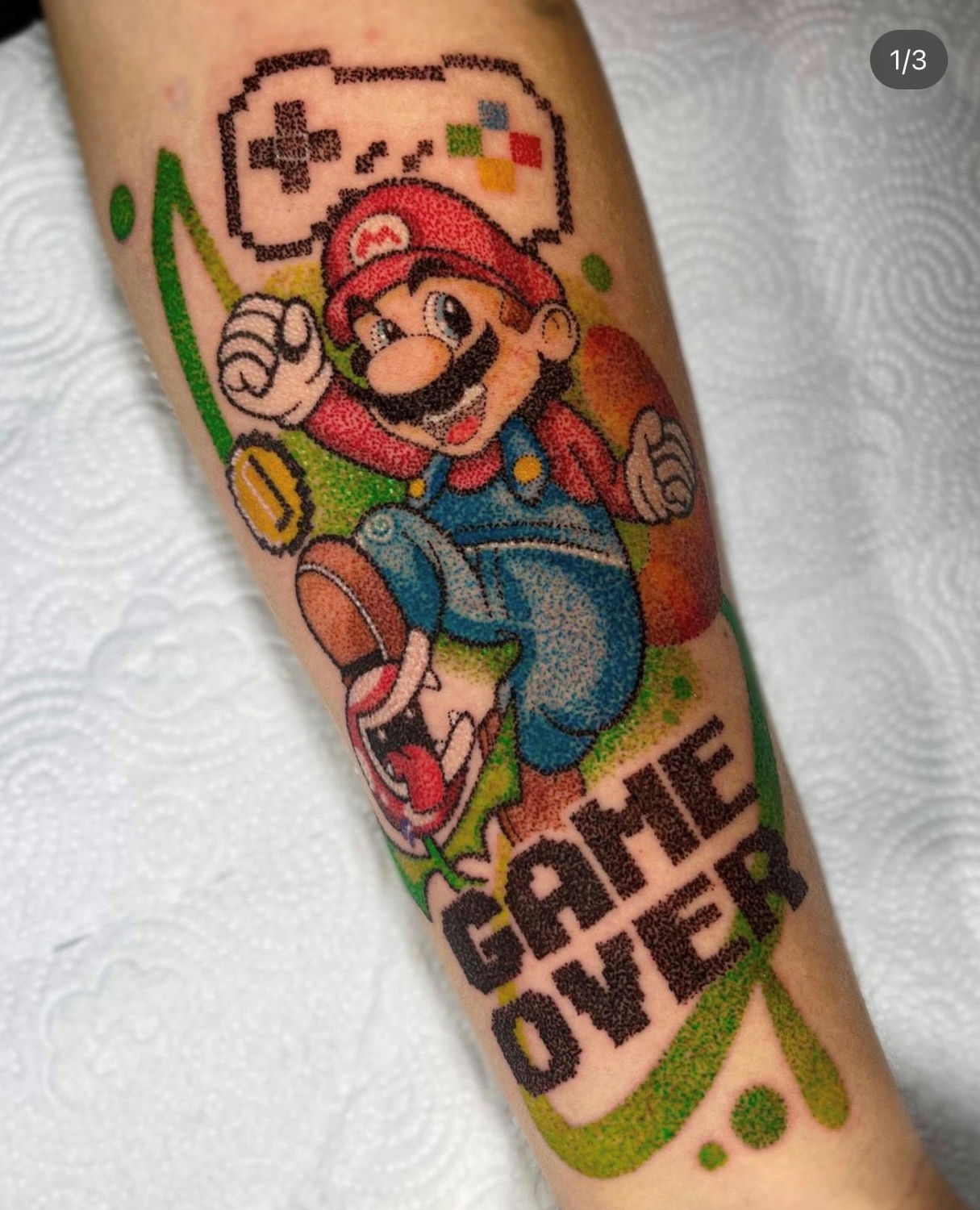
How do you handle clients who don’t have a clear idea of what they want? How do you help them articulate their ideas?
- In these cases, I ask questions to understand their preferences, such as the styles they like, the colors they prefer, or any themes that attract them. From there, I create proposals with different options to help them better visualize what they are looking for.
What is the most interesting request you have ever received from a client? How did you execute it?
- The client wanted to commemorate a crucial moment in his mother’s life when she overcame heart surgery. I designed a tattoo with a heart in the center, symbolizing the organ that was central to that moment, held by a hand representing divine protection, and surrounded by leaves that convey serenity and rebirth, reflecting the faith and new life after recovery.
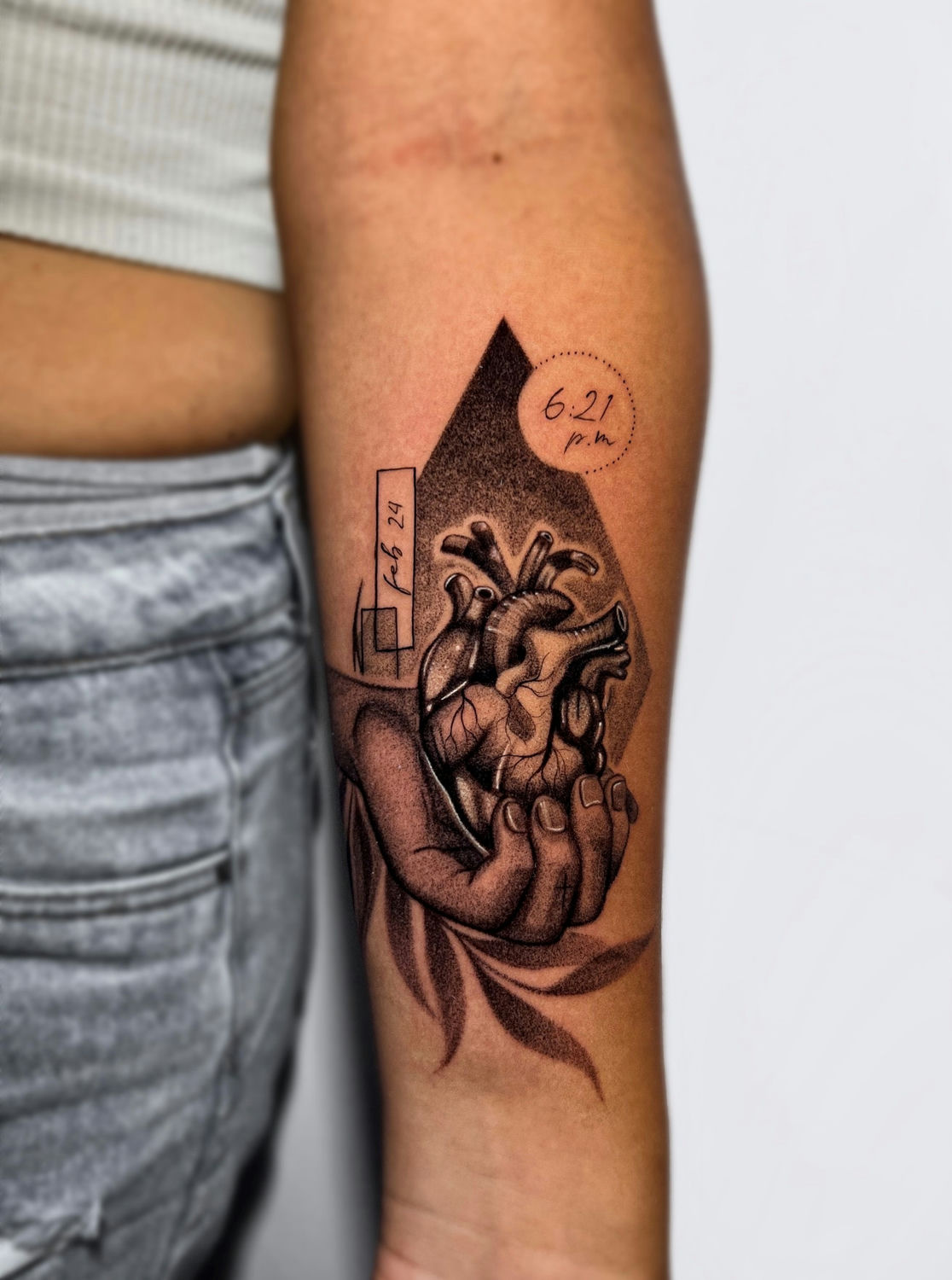
What achievements in your career are you particularly proud of?
- I’m proud to have been part of a studio where my experience allowed me to learn and grow, benefiting from the talent and knowledge of my colleagues. I also take pride in participating in conventions where I have not only won awards but also had the opportunity to meet other artists, exchange ideas, and keep learning at each event.
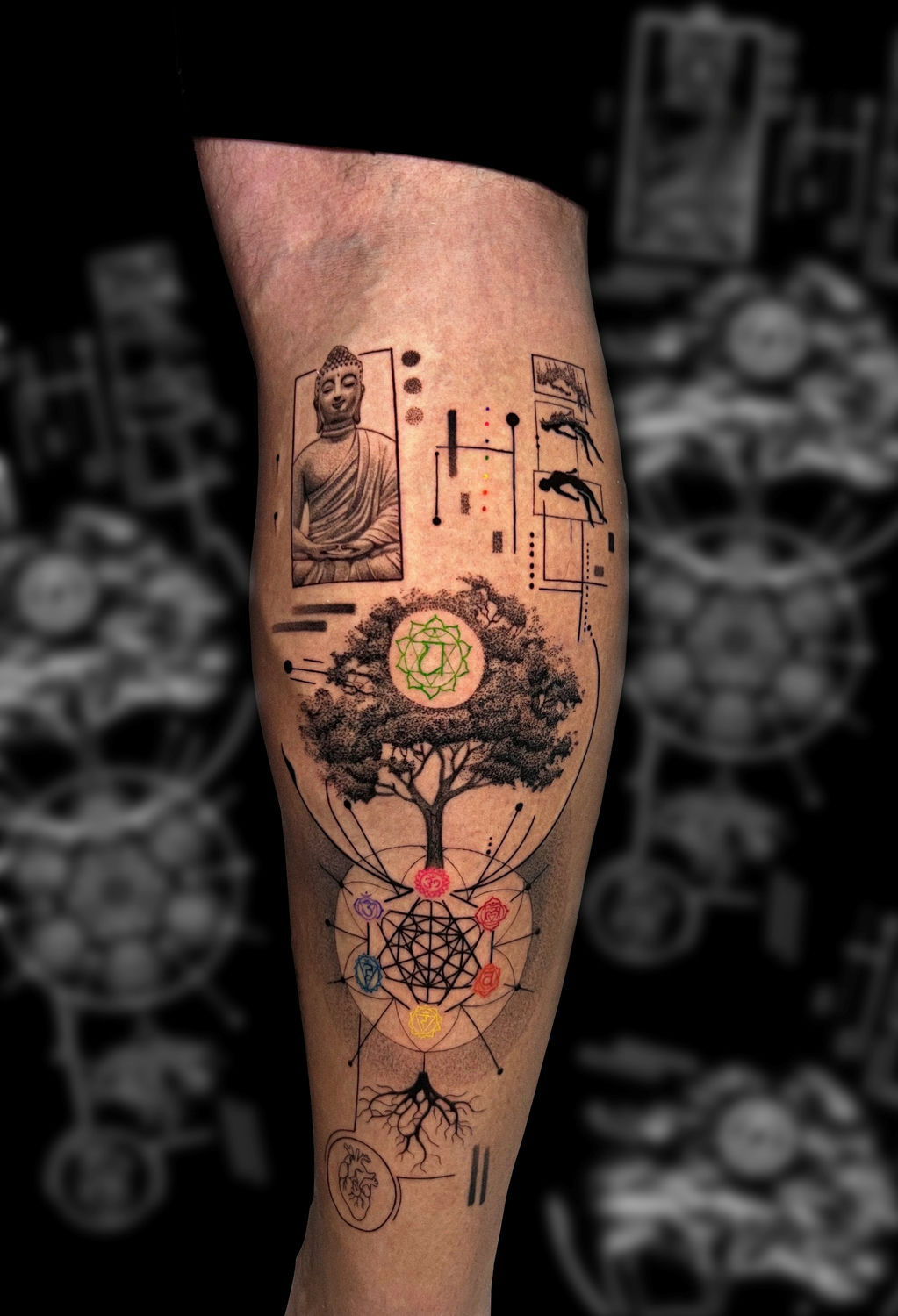
What is your stance on new technologies, such as AI, in the context of tattoo art? Do you use them in your practice?
- Technology, including AI, can be an interesting tool for tattoo art, especially in the design or conceptualization phase. Although I prefer to draw by hand, some technological applications help me better visualize ideas or show clients how the tattoo would look on their skin.
With such a variety of techniques you use, what equipment meets all your requirements?
- I work with a high-precision rotary machine because it is versatile for different styles. I use fine needles for delicate lines and thicker ones for shading or color work. Additionally, I prefer high-quality inks to ensure the colors stay vibrant.
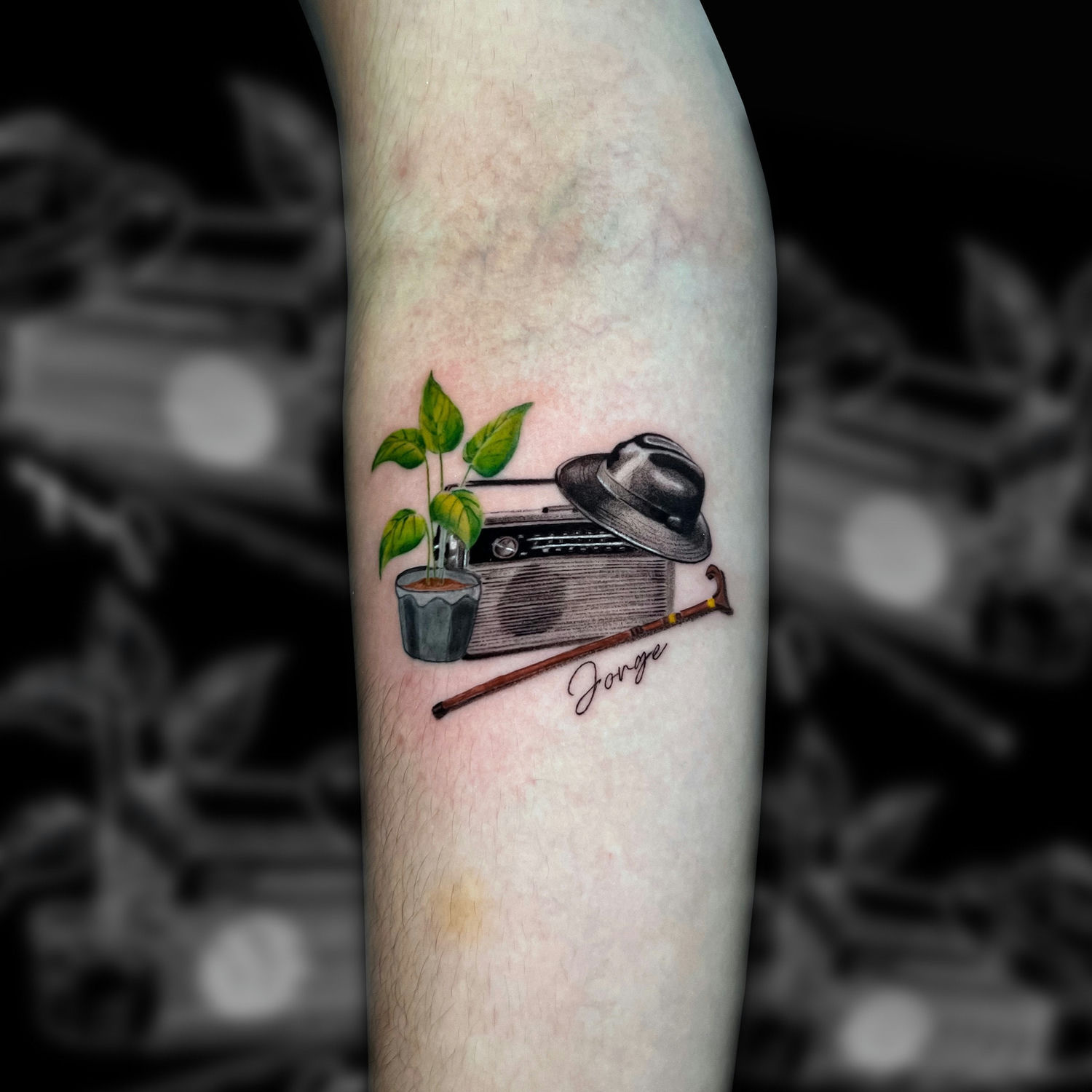
How do you see the future of tattoo art in your country? What changes would you like to see?
- I believe that tattoo art is gaining more acceptance and respect as a form of artistic expression. I would like to see more support for the professionalization of tattooing, such as the regulation of studios to ensure high standards of quality and safety.
Do you participate in tattoo conventions? Tell us about your experience.
- Yes, I have participated in several conventions, and it’s always an enriching experience. It’s an opportunity to learn new techniques, see the work of other artists, and receive feedback. Additionally, it’s a place where you can meet potential clients and collaborate with other tattooists.
What are your thoughts on master classes? Do you consider them important for the development of beginner artists? Do you conduct master classes?
- Master classes are essential for the growth of tattoo artists. Learning from others with more experience can make a big difference in the quality of the work. I have had the opportunity to teach some classes and always enjoy sharing what I have learned throughout my career.
Which tattoo artists or creatives have had the most significant influence on your artistic journey?
- Santjakov, Clodin_93, Tiago__Dot, and Pablo Frías. Each of them has contributed something different to my style, whether in the use of color, shading technique, or the conceptual approach to designs.

What does it mean to you to be a tattoo artist, and how do you define success in this profession?
- Being a tattoo artist is about transforming ideas and emotions into something visual and permanent. Success, for me, is not just about having many clients but seeing the satisfaction on someone’s face after a tattoo, knowing that I have created something meaningful for them.
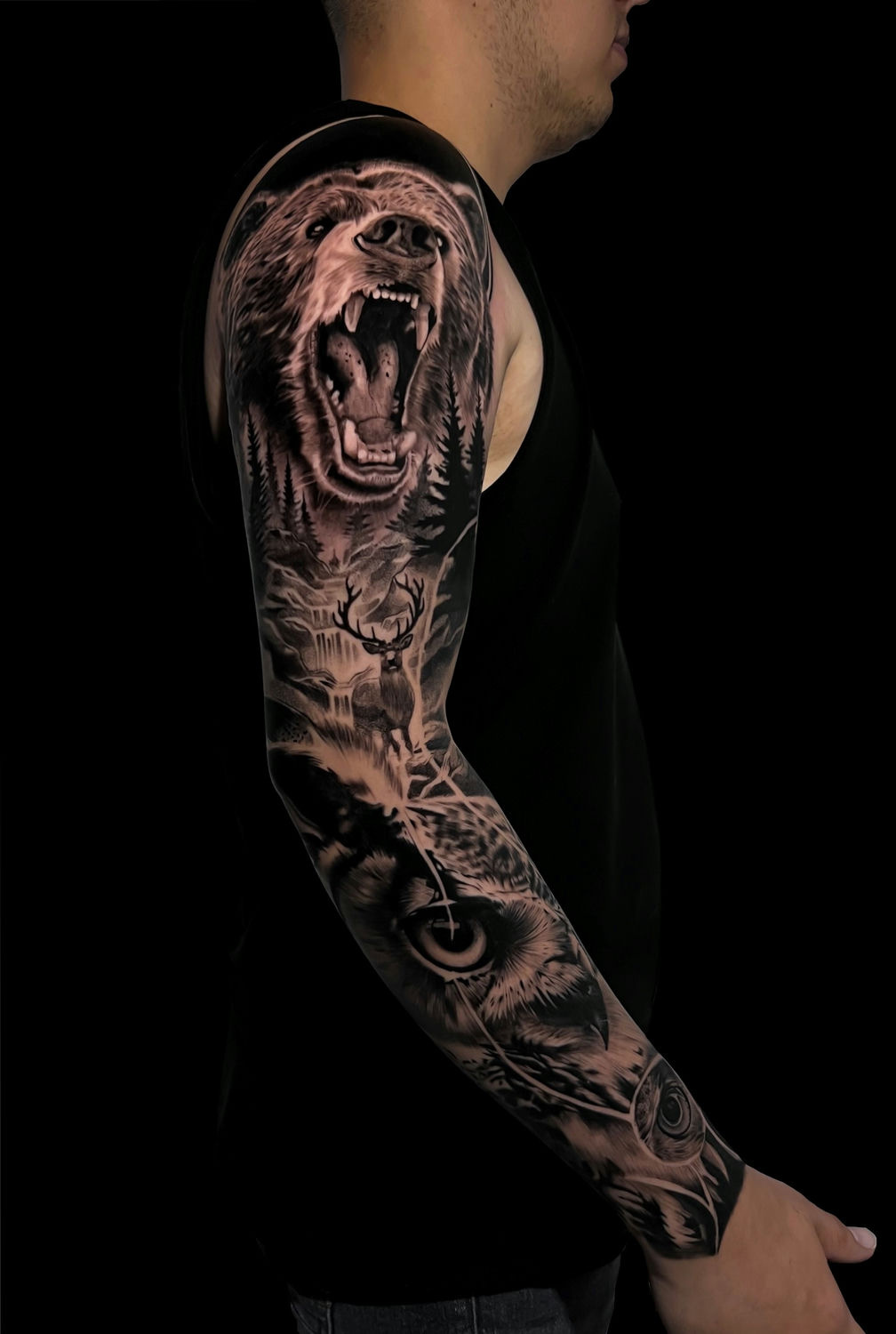
What mistakes you made early in your career would you not want to repeat?
- One of the mistakes was underestimating the importance of communication with clients. In the beginning, I didn’t always take the time needed to fully understand their ideas, which could affect the final result. Now I make sure the communication is clear and thorough.
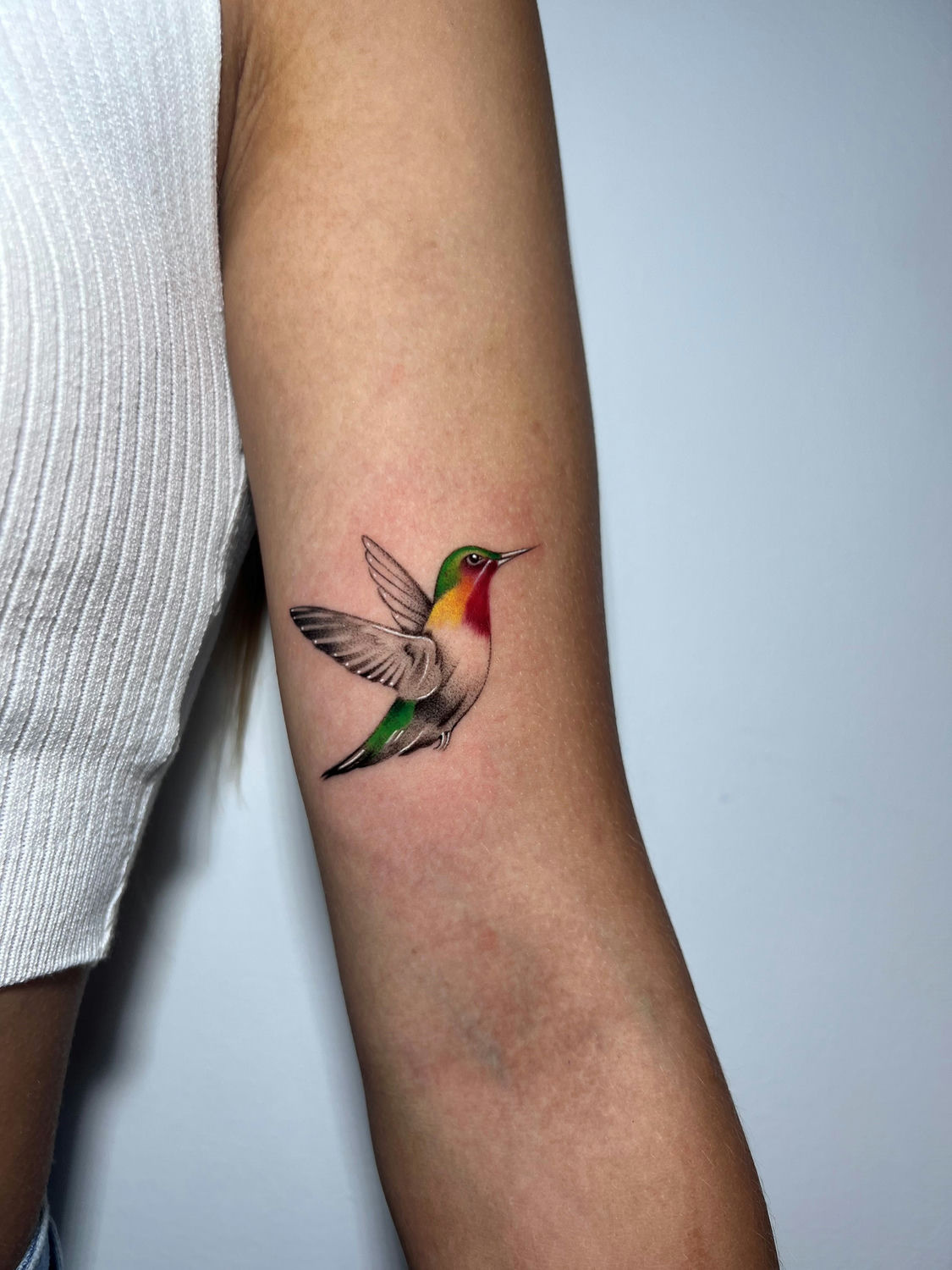
What advice would you give to young artists just starting their journey in tattooing?
- I would tell them to never stop learning and practicing. Take the time to develop your technical skills, but also learn to connect with your clients and understand their stories. And, of course, don’t get discouraged by mistakes; they are part of the growth process.
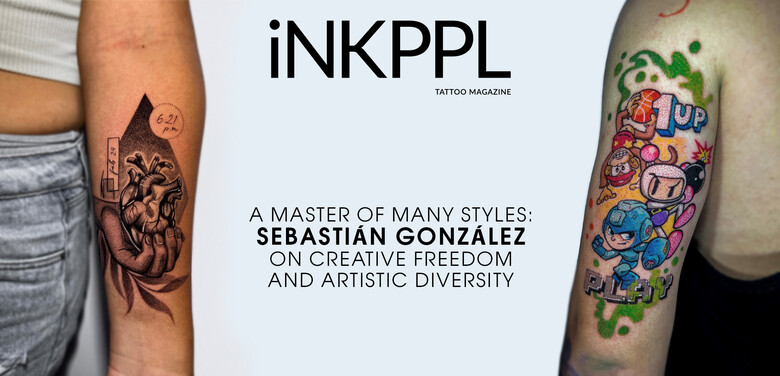






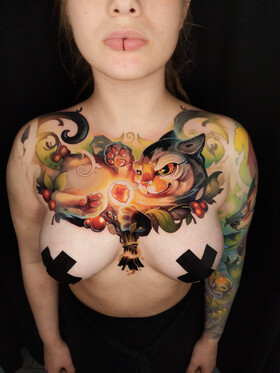
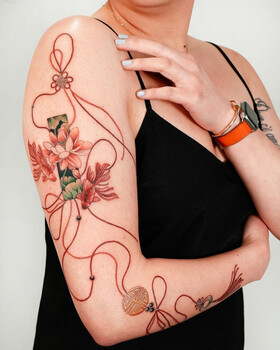

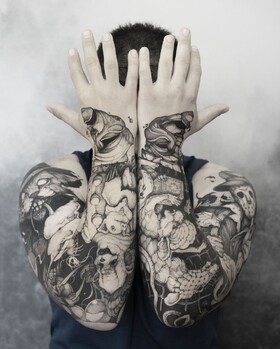
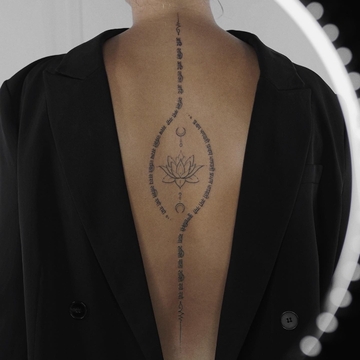
Comments (4)